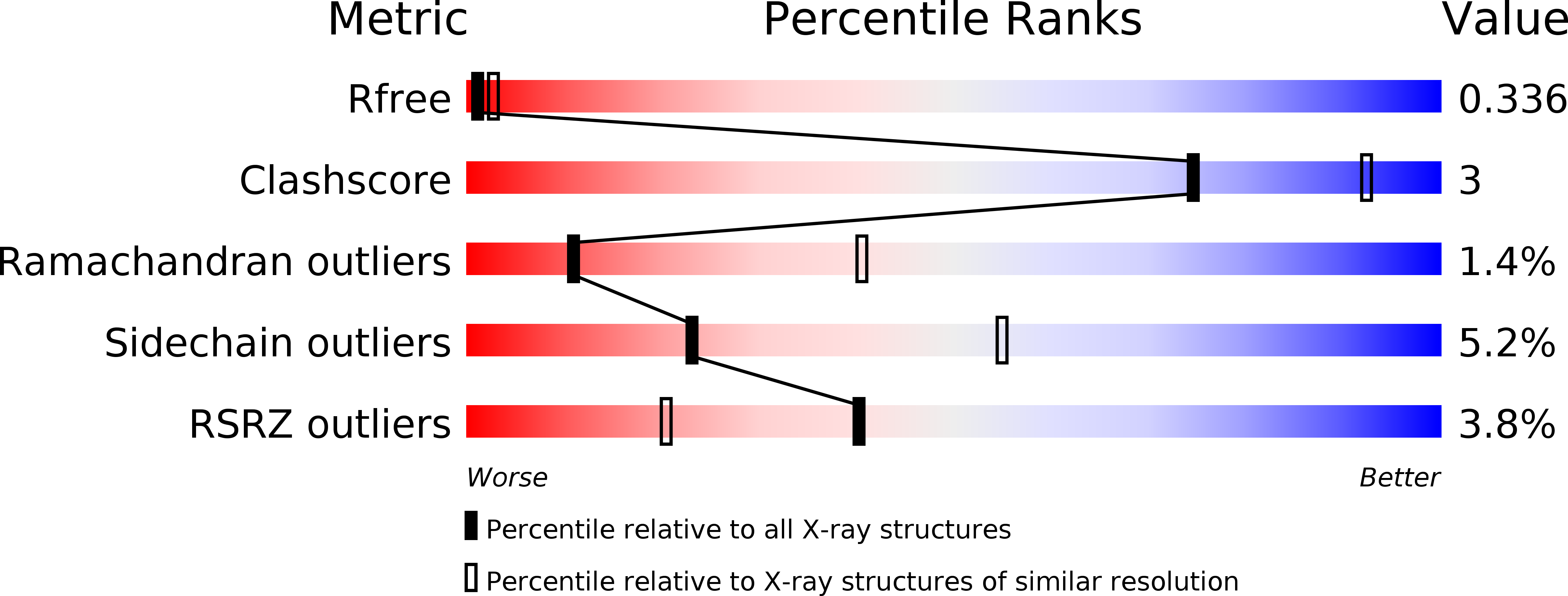
Deposition Date
2018-09-21
Release Date
2019-10-23
Last Version Date
2024-01-24
Entry Detail
PDB ID:
6HPS
Keywords:
Title:
Near-infrared dual bioluminescence imaging in vivo using infra-luciferin
Biological Source:
Source Organism:
Photinus pyralis (Taxon ID: 7054)
Host Organism:
Method Details:
Experimental Method:
Resolution:
3.10 Å
R-Value Free:
0.33
R-Value Work:
0.27
R-Value Observed:
0.28
Space Group:
P 1 21 1


